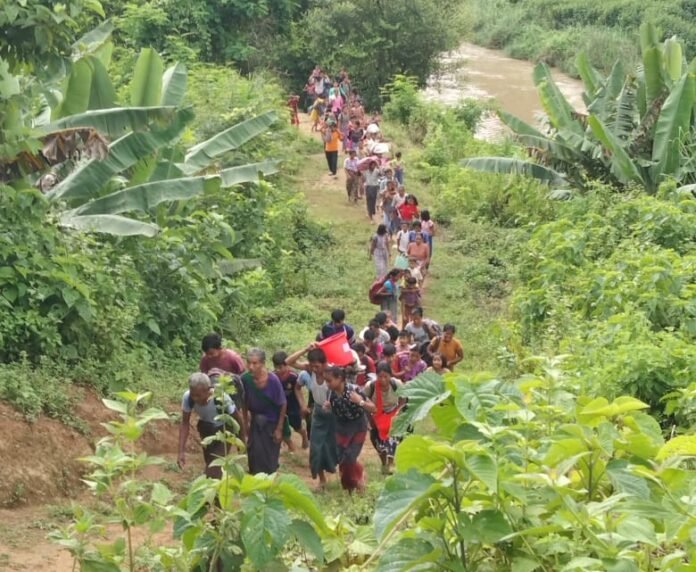Mizoram, the tiny state in northeastern India, is slowly gathering fingerprints and other details from more than 31,000 people fleeing the war in Myanmar and the conflict in Bangladesh’s Chittagong Hill Tracts. As of Tuesday, officials said that biometric data for 13,620 refugees—about 43 % of the total—have been logged into India’s foreign‑citizen database.
The first village in New Delhi’s “one‑stop” portal, the Foreigners Identification Portal and Biometric Enrolment (FIP & BE) system, marked its launch in Serchhip district on July 30. The government quickly rolled out the programme to ten other districts. According to a senior officer in the Mizoram Home Department, the digital registration has hit snags: remote villages struggle with poor internet and the hardware can glitch, so the process has been slower than hoped.
Until now, the focus has been on the Myanmar group. The country’s Chin tribe, which shares cultural ties with Mizoram’s own Mizo majority, has sent about 31,300 refugees after the military coup in February 2021. The state’s camps, along with hosting families and rented homes, house the new arrivals across all 11 districts. Collecting biometric information is easier inside camps, but it takes extra effort to reach those living in scattered villages. To bridge this gap, district administrations enlisted local village councils and civil‑society groups such as the Young Mizo Association.
A similar wave of migrants from Bangladesh’s Chittagong Hill Tracts (CHT) has also arrived. Roughly 3,000 have settled in Mizoram over the last two years—about 2,000 in Lawngtlai district at the tri‑border, plus small numbers in Lunglei and Serchhip. The government plans to begin biometric data collection for Bangladeshi refugees only after all Myanmar refugees are fully registered.
In addition to fingerprints, officials gather names, addresses, parents’ names and work history to ensure every person’s identity is recorded accurately. Before deployment, district officers received training on how to handle biometric and biographical data.
The border dynamics help explain why the Mizorans have become a refuge for people escaping violence. Chin state in Myanmar shares a 510‑km mountainous frontier with six Mizoram districts, while Bangladesh’s 318‑km border touches three others. The close ties between these ethnic groups and the Mizos have made Mizoram an attractive shelter for those fleeing instability.
Source: ianslive
Stay informed on all the latest news, real-time breaking news updates, and follow all the important headlines in world News on Latest NewsX. Follow us on social media Facebook, Twitter(X), Gettr and subscribe our Youtube Channel.



